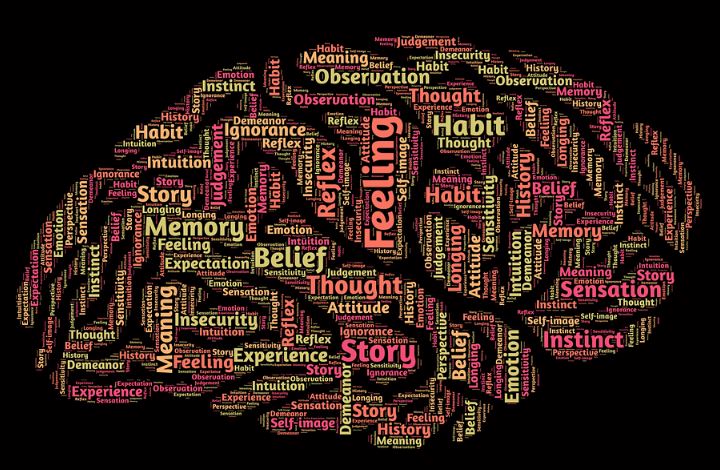 As a content writer and a mom, you know that the human psyche can be influenced and manipulated. Positive stimuli can help you accomplish a lot, especially when it comes to building trust and establishing a strong emotional connection.
As a content writer and a mom, you know that the human psyche can be influenced and manipulated. Positive stimuli can help you accomplish a lot, especially when it comes to building trust and establishing a strong emotional connection.
To further your content marketing career, you need to understand these essentials and implement them in your everyday work processes.
How can psychology make you a better work-at-home mom? How can it help you craft more powerful and compelling texts? Here are the key essentials to keep in mind.
People Want an Experience, Not an Ad
There’s a reason why heavily promotional content no longer works.
If you want to convert readers, you have to give them something useful and engaging. Content marketing that’s effective is really, really subtle.
Let’s say you’re writing content for a dating website. Share the moving story of two people who have found love via the platform. Or write a very detailed and informative guide about making the most of online dating. You can feature a brief and unobtrusive call to action in the bottom of your text.
This kind of content is much more likely to boost the engagement of the audience than a text that outlines all of the benefits and the specific functionalities of the respective dating website.
Engage in Priming
As a content creator, you need to acquaint yourself with the psychological concept of priming.
Priming refers to activating certain subconscious parts of the brain to get someone ready to make a decision.
Certain words and images can impact our thinking. Seeing the image of large piles of cash, for example, makes people more likely to trust financial service providers.
Many social experiments have been carried out to test the effectiveness of priming. In one experiment, people were asked to read a list of words pertaining to old age (without the word old being mentioned anywhere). When leaving the experiment, these people walked slower than members of the control group.
Introducing priming in content involves painting a desirable picture. What outcome would a person want to achieve through the use of a specific product or a service? How will it make them feel? If you can describe these benefits in a text, you become much more likely to get your audience actively interested.
Rely on Social Proofing
Another very powerful psychological concept that content marketers can exploit is social proofing. This concept refers to the fact that people are very likely to accept the beliefs, product preferences and suggestions of people they trust or respect (celebrities, politicians, social figures, influencers, etc.).
Social proofing has long been used in digital marketing campaigns.
Fitbit, for example, features the opinions of tech and fitness experts in its campaigns to substantiate claims about the company’s activity trackers. Jenny Craig got actress Kristie Alley involved in their campaign and while following the program, she lost 50 pounds.
In content, social proofing can be achieved through interviews with industry leaders, quoting reputable publications to add weight to specific claims and even featuring the opinions of people who have used a specific product or service. The final one works because 88 percent of people report that they trust consumer reviews as much as they trust personal recommendations.
Understand Confirmation Bias
Confirmation bias is another incredibly powerful psychological phenomenon that can either help content marketers or hurt campaigns created by them.
You yourself engage in confirmation bias on a daily basis. If you dislike a brand of diapers, for example, you’ll search for reasons why you’re not going to give these products a try. In a sense, you’re attempting to convince yourself that the brand is really not worth your time and money.
If you’re dealing with an audience that’s already in a negative state of mind, you should start by offering unbiased and practical information.
Don’t attempt to persuade these readers – chances are that they will not budge. Instead, offer something valuable. Continue building the reputation of the brand until you eventually manage to overcome the initial confirmation bias.
In order to accomplish the goal, you need to have a lot of reliable information about the nature of the audience, its demographic profile, likes, and preferences.
Emotions Have a Powerful Impact on the Brain
A final psychological tool to employ in content writing focuses on the power of emotions.
Psychologists have found out that emotions have a much bigger impact on the brain than reasoning or logical thinking.
To do good marketing, you have to write texts that move people. They can be entertaining, touching, funny or even capable of producing an angry response (for example – when trying to raise awareness about an important social issue).
The worst thing you can do as a content marketer is to leave your readers indifferent. Even a negative emotion is a more beneficial marketing tool than no emotion at all.
Telling personal stories, showing the human face of the business, relaying information about real-life events and keeping the tone lighthearted can all help you establish an emotional connection.
As a writer, you need to understand the thinking and the emotionality of your readers. Otherwise, even the most spectacular of texts will fail to deliver the desired results.
Take some time to learn how the human brain works and how psychology can impact it. Experiment with different approaches and always track the results of the campaign. By paying attention to the right metrics you can get even better outcomes in the future.

